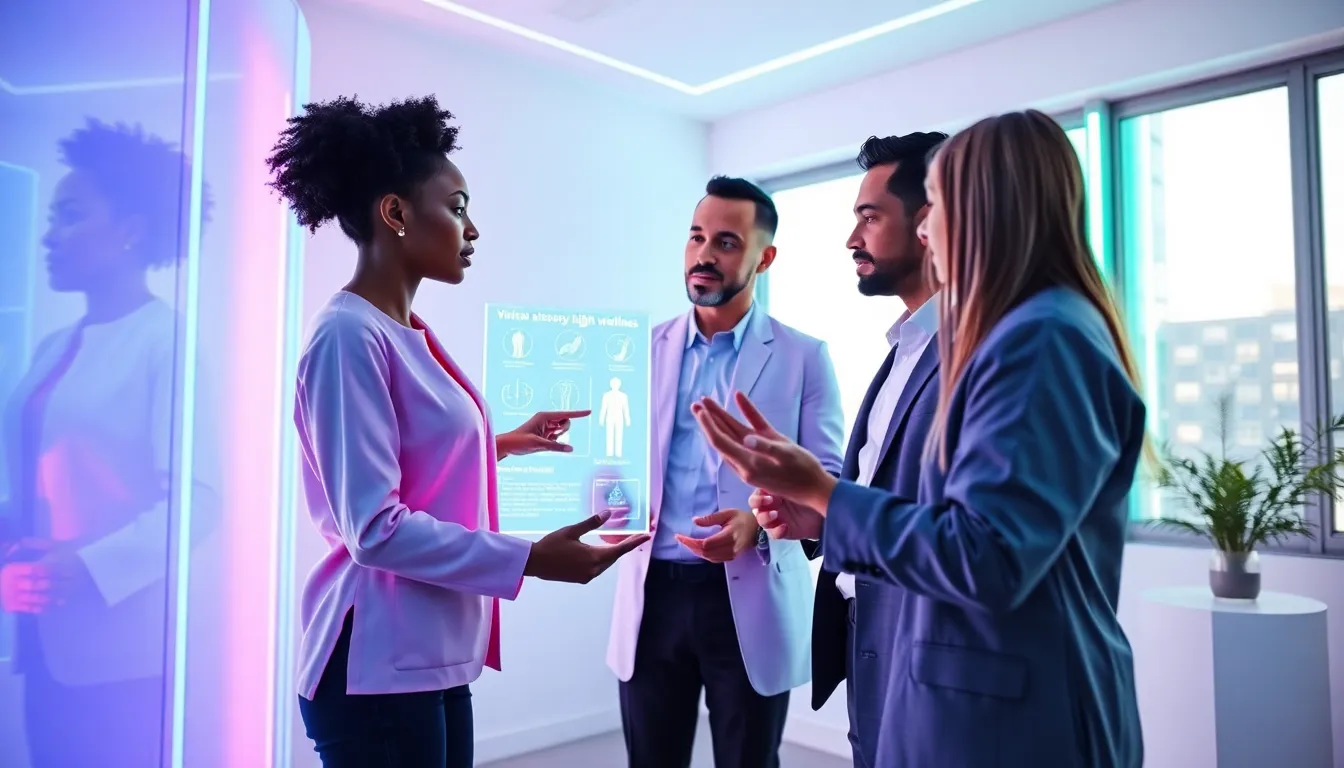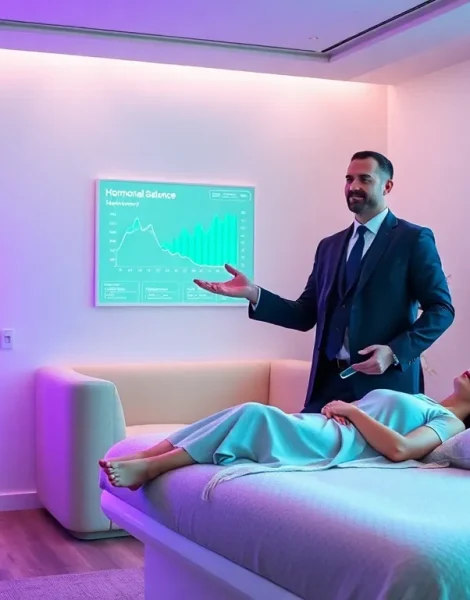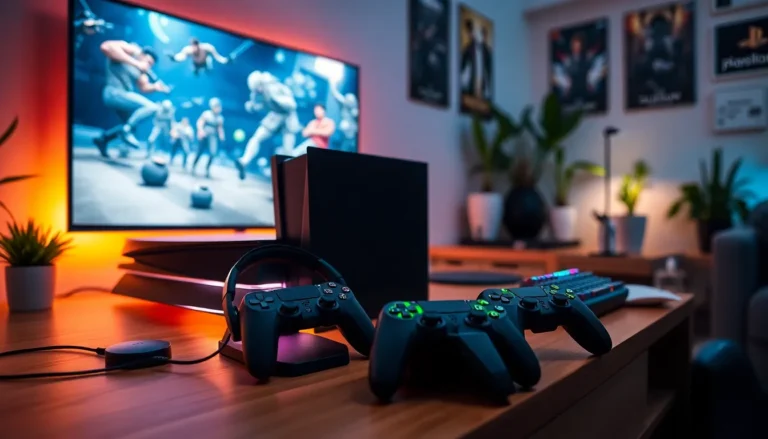In a world where technology continually reshapes our lives, virtual neon technology is emerging as a bright star in the wellness galaxy. Imagine boosting your recovery from injuries with a method that not only shines bright but also harmonizes hormones. Sounds intriguing, right? Consider this your invitation to explore how this dazzling innovation provides answers to age-old wellness questions. Let’s jump into the electrifying intersection of virtual neon, hormones, and injury recovery, where science meets a shimmering modern approach to health.
Table of Contents
ToggleUnderstanding Virtual Neon Technology

Virtual neon technology is at the forefront of modern health solutions. This groundbreaking concept uses vibrant neon lights in therapeutic ways, targeting specific areas of the body. The brilliance behind this technology isn’t just visual: it harnesses the power of light frequencies that influence biological processes. Think about it: light has an extraordinary ability to stimulate cells, promote healing, and enhance overall well-being. Adding shades of neon may seem like an artistic choice, but it’s precisely planned to create a spectrum of healing that engages the mind and body.
Clinical studies supporting the effectiveness of similar light therapies provide a solid foundation for the claims surrounding virtual neon technology. From improved mood to enhanced metabolic functions, the ranges of benefits can be traced back to how our bodies respond to light in various contexts. It’s not just about aesthetics: it’s about utilizing energy in a way that can yield significant physiological changes.
So, as technology continues to evolve, the embrace of virtual neon in wellness practices offers a promising glimpse into the future of health and recovery.
The Role of Hormones in Wellness
Hormones are often unsung heroes in the story of human health. These chemical messengers regulate numerous bodily functions, from metabolism and mood to growth and reproduction. Even a minor imbalance can lead to issues that ripple throughout the entire system. Consider stress hormones: they can throw the body into disarray, affecting everything from energy levels to weight gain.
In essence, hormones dictate how a person feels both physically and emotionally. Estrogen, testosterone, cortisol, and many other hormones dance together in a complex choreography that impacts wellness. Keeping this balance is crucial, which is why hormone wellness has become a hot topic in health circles. By understanding the roles these hormones play, individuals can make informed decisions about their health and recovery strategies.
Impact of Injuries on Hormonal Balance
A surprising aspect of injuries is their profound impact on hormonal balance. Physical trauma doesn’t just strain muscles and joints: it alters the hormonal landscape within the body. For instance, after an injury, cortisol levels can surge. This hormone, while helpful in the short-term fight-or-flight response, can lead to long-term complications if elevated for too long.
Also, injuries can also diminish levels of sex hormones like testosterone and estrogen, further complicating recovery. These changes can lead to fatigue, mood swings, and even bitterness, none of which bode well for someone on the mend. Understanding how injuries affect hormonal balance can empower individuals to take proactive steps to manage these shifts. This awareness is the bedrock of a successful recovery plan.
How Virtual Neon Technology Supports Recovery
Integrating virtual neon technology into recovery protocols presents a compelling strategy for addressing the hormonal disruptions caused by injuries. The targeted light therapy can stimulate cellular repair, thereby promoting healing in impacted areas. This is crucial as it encourages the body to regain its balance swiftly.
Not only does the therapy promote physical repair, but it also encourages the body to stabilize hormones. Reducing stress through light therapy can lower cortisol levels, paving the way for the restoration of essential hormones needed for recovery. Patients often report feeling more energized, less anxious, and better prepared to tackle their rehabilitation processes. In essence, virtual neon technology acts as a supportive partner in healing, making it an invaluable tool for both patients and practitioners.
Integrating Hormone Wellness into Injury Recovery Programs
For effective injury recovery, incorporating hormone wellness into treatment plans is a game-changer. Approaches such as dietary adjustments, stress management techniques, and regular physical activity can significantly enhance hormonal balance. But layering this with virtual neon technology can expedite progress dramatically.
Practitioners are beginning to combine light therapy with traditional recovery methods, so creating a multi-faceted approach to wellness. By assessing hormone levels and tailoring recovery protocols, health professionals can ensure that their patients recover not just physically but holistically. This integration offers a chance to tackle hormone-related recovery challenges more directly. The road to healing becomes less about merely treating symptoms and more about achieving true wellness from the inside out.
Best Practices for Adopting Virtual Neon Solutions
Adopting virtual neon solutions requires a thoughtful approach to ensure maximum benefits. First, consulting with a healthcare professional is essential. Understanding individual needs and existing conditions can influence the type of virtual neon therapy best suited for a person.
Next, incorporating this technology should be complemented by ongoing education about hormone health. Whether it’s attending workshops, reading material, or participating in online forums, staying informed will empower individuals to optimize their use of this advanced technology.
Finally, consistency is vital. Regular sessions can amplify the effects, creating a routine that not only boosts recovery but also enhances overall hormone wellness. Following these best practices can enable users to maximize the benefits of virtual neon technology effectively.









